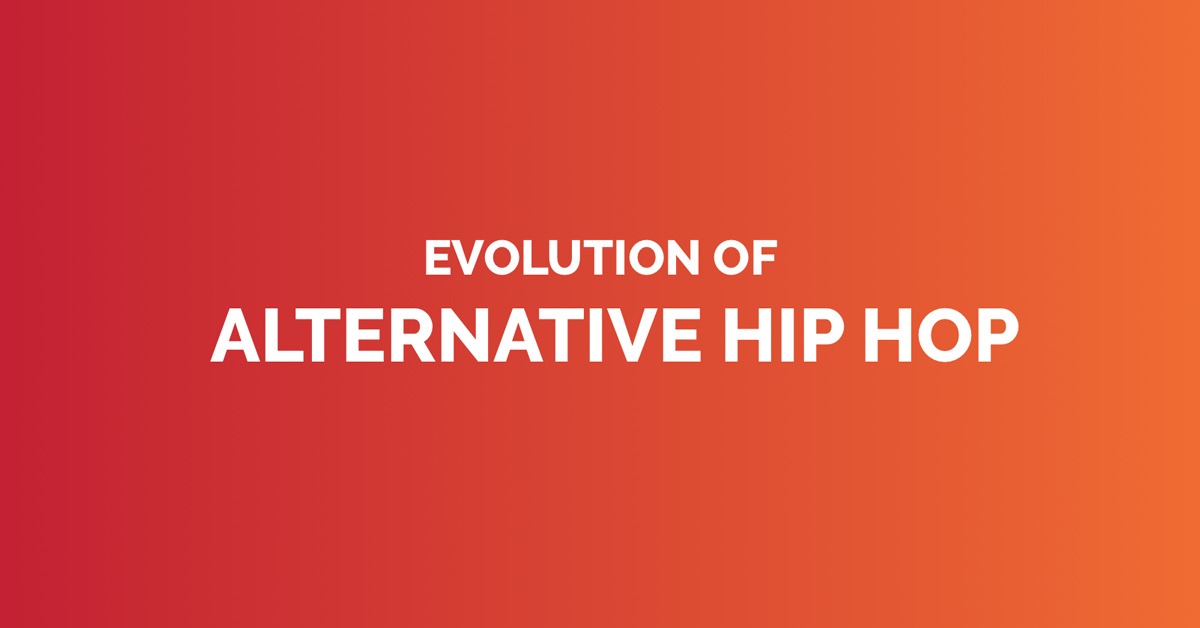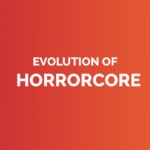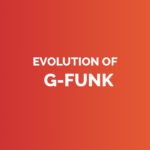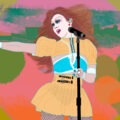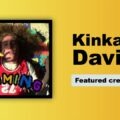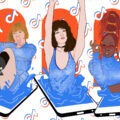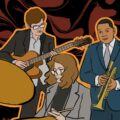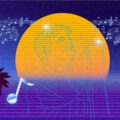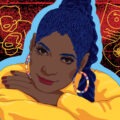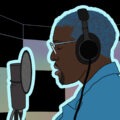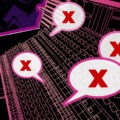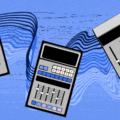History
Alternative hip hop artists presented a new musical front during the golden age of hip hop. Starting in the late 1980s, some artists like De La Soul began creating hip hop tracks influenced by a wider variety of music than their contemporaries. Jazz, pop, rock music, funk, and soul were all genres up for grabs in the production of alternative hip hop. The genre received more mainstream attention towards the early 1990s thanks to artists like A Tribe Called Quest and OutKast. While alternative hip hop was, for a time, overshadowed by gangsta rap, artists like Kanye West and Childish Gambino helped revive the sound in the 2000s, and it continues to hold popular relevance today.
Influences
Many alternative hip hop artists tested the limits of rap with their intricate wordplay and inclusion of musical elements from genres not typically associated with hip hop. While early alternative hip hop lyrics often spoke of serious issues like poverty andheartbreak, there was also often an element of humour, irony, and idiosyncrasy to these tracks. This can be heard in De La Soul’s seminal album 3 Feet High and Rising, which features Johnny Cash and Hall & Oates samples.
Sound
Alternative hip hop places a strong emphasis on the musical elements of a song. This was unlike gangsta rap, which often featured a funky sample over a blasting beat and little else. Alternative hip hop tended to be more expressive, with multiple short samples in each song that were often used as punchlines to the lyrics.
De la Soul – “Say No Go”
New York City, New York, 1989
De La Soul’s album 3 Feet High and Rising is considered to be one of the most influential early alternative hip hop records. This was thanks to iconic tracks like “Say No Go”, with its groovy guitar licks, funky bassline, and lyrics that walked the line between serious and fun.
A Tribe Called Quest – “Check The Rhime”
New York City, New York, 1991
A Tribe Called Quest were alternative hip hop pioneers, and they were proud of it. “Check The Rhime” reminded the world that their music wasn’t the same as popular hip hop when they said, “rap is not pop if you call it that then stop”.
The Pharcyde – “Passin’ Me By”
Los Angeles, California, 1992
At a time when seemingly the entire West Coastcoast was producing gangsta rap, The Pharcyde was fusing jazz samples and lighter lyrics in tracks like “Passin’ Me By”. The track was featured on the group’s debut album, Bizarre Ride II the Pharcyde. The album didn’t catch on at the time of its release, but later gained such popularity that it was certified gold in sales by the Recording Industry Association of America in 1996.
Queen Latifah – “U.N.I.T.Y.”
Newark, New Jersey, 1993
Queen Latifah was one of the first female MCs to gain widespread fame when her 1989 single “Ladies First” received airplay worldwide. Songs like “U.N.I.T.Y.” were further proof that she and her bold lyrics were around to stay.
Fugees – “Killing Me Softly With His Song”
Maplewood, New Jersey, 1996
Singing acapella over a hip hop beat was something that simply wasn’t done on commercial radio in 1996, and yet, on The Fugees cover of “Killing Me Softly”, Lauryn Hill did just that.
Lil’ Kim feat. Puff Daddy – “No Time”
Brooklyn, New York, 1996
Lil’ Kim first gained prominence when The Notorious B.I.G. asked her to be in his crew Junior M.A.F.I.A in 1994. She proved her own lyrical capabilities with “No Time”, featured on her debut studio album Hard Core.
OutKast – “ATliens”
Atlanta, Georgia, 1996
OutKast scored a big commercial hit in their second album ATliens, with the album’s single of the same name. Throughout the album they uniquely combined elements of science fiction into the production’s sound design and lyricism.
Eminem – “Lose Yourself”
Detroit, Michigan, 2002
“Lose Yourself” was the first single off the 8-Mile movie soundtrack, a film where Eminem portrayed a younger version of himself. Not only was the song his first Billboard Hot 100 #1 hit, but the character-within-the-character nature of the track’s lyrics redefined how hip hop could be used as a story-telling device.
Jehst – “High Plains Anthem”
London, England, 2002
British group Jehst’s album The Return of the Drifter is regarded as one of the most important UK hip hop records of the 2000s.
OutKast – “Roses”
East Point, Georgia, 2003
OutKast helped relaunch alternative hip hop back into the mainstream with their double album Speakerboxx/The Love Below. Notably, “Roses” was the only single off Andre 3000’s The Love Below contribution to feature Big Boi.
Kanye West – “All Falls Down ft. Syleena Johnson”
Chicago, Illinois, 2004
The College Dropout not only featured Kanye’s trademark “chipmunk soul” sound (created with sped-up soul vocal samples), but tracks like “All Falls Down” also presented a reinvention of the alternative hip hop sound by incorporating singing, feel-good samples, and silky-smooth MCing.
The Streets – “Fit But You Know It”
London, England, 2004
The Streets were a decidedly British alternative hip hop act, with their grim, witty lyrics rapped in a conversational tone over upbeat samples and simple beats. Thanks to its recent use in the videogame Just Dance 2020, “Fit But You Know It” has found a second wind with the younger generation.
Kanye West – “Touch The Sky”
Chicago, Illinois, 2006
For his second album Late Registration, Kanye worked with producer and composer Jon Brion who, in addition to film scoring expertise, had previously worked with alternative rock artists. This combination helped lead to tracks like the uplifting, instrument heavy “Touch the Sky”.
Cunninlynguists – “Lynguistics”
Lexington, Kentucky, 2002
The CunninLynguists were one of the more successful groups to bring back aspects of early alternative rap, like using classical music samples. In “Lynguistics”, the group uses samples from Tchaikovsky to create original and groovy beats.
JAY-Z – “Kingdom Come”
Brooklyn, New York, 2006
Jay-Z’s impact on the hip hop industry is so reaching that it’s impossible to overstate the influence he’s had. His incredible word play and flow established him as the king of hip hop in the 2000s, and his work as a producer and businessman is the stuff of legends. “Kingdom Come” is the first track he released after coming back from retirement, and it blew the collective minds of the hip hop world.
Kendrick Lamar – “Bitch, Don’t Kill My Vibe”
Compton, California, 2012
Mellow guitar strumming leads into “Bitch Don’t Kill My Vibe”, Kendrick’s reflection on both the rap industry and his career.
Mac Miller – “Small Worlds”
Pittsburgh, Pennsylvania, 2018
Mac Miller’s moment in the sun was tragically cut short with his passing at only 26 years old. With his half-sung, half-rapped vocal style and ability to spin melodies out of thin air, he created a sense of musical intimacy with only a few bars.
Childish Gambino – “This Is America”
Stone Mountain, Georgia, 2018
Childish Gambino’s “This is America” received much publicity with its poignant criticism of gun violence in America. It won record of the year, song of the year, and video of the year from the Grammy Awards in 2019; the first time a rap song had ever won all three awards at the same time.
